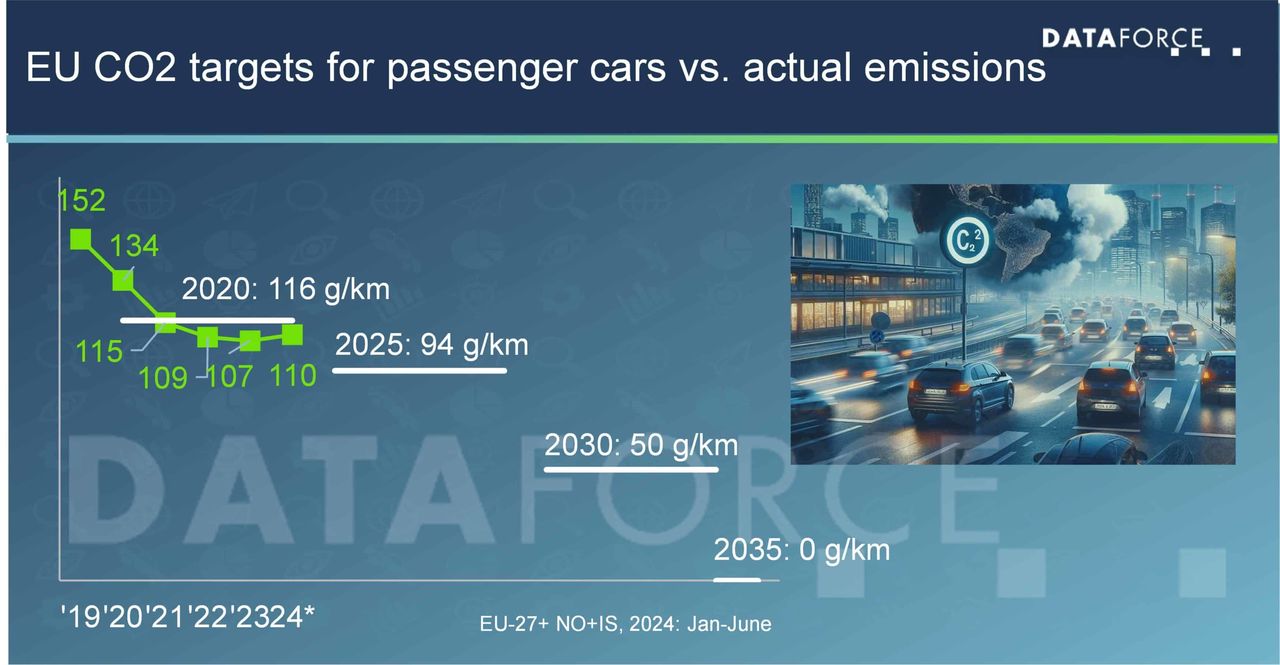
The Year of Affordable Electric Cars: Five Key Models to Watch in 2025
As EU CO₂ guidelines take effect, car manufacturers unveil new, cost-effective electric vehicles.
The automobile industry is at a pivotal juncture as European Union (EU) regulations enforcing carbon dioxide (CO₂) emissions targets come into force this year.
Motor manufacturers face substantial fines should they fail to comply with these stringent guidelines.
As a result, the industry is pivoting towards more economically viable electric vehicles (EVs), offering consumers a greater variety of choices in 2025.
The Fiat Grande Panda marks a significant return for one of Italy's iconic vehicles, now reimagined for the electric era.
Available from €24,990, the compact city car measures 3.99 meters and features a 44 kWh battery delivering a range of up to 320 kilometers.
Fiat also offers a petrol variant at a lower price point.
Renault reintroduces a piece of its automotive history with the R4 electric SUV, a companion to the previously successful R5.
The R4 is slightly larger at 4.14 meters and priced under €30,000, providing room for five passengers and 420 liters of boot space.
Depending on configuration, it offers up to 400 kilometers of range.
Hyundai presents the Inster, a new entrant in the compact electric segment.
With a cost starting at €24,900, this 3.85-meter vehicle is designed for urban environments.
It features a 40 kWh battery capable of a 300-kilometer range and offers a 'Long Range' version with increased capacity and range.
Skoda tackles the CO₂ challenge with the Elroq, priced at €33,900, establishing price parity with its combustion-engine counterpart, the Karoq.
At 4.48 meters, the Elroq fits comfortably within the compact class, offering impressive flexibility with battery options of 52 kWh and 77 kWh, delivering ranges from 375 to 581 kilometers.
Mercedes introduces the next generation CLA, a luxury electric sedan poised at the higher end of the market with prices exceeding €50,000.
Utilizing cutting-edge 800-volt architecture and aerodynamics, the CLA boasts an impressive range of over 750 kilometers from its 85 kWh battery.
These developments across the automotive sector indicate a significant shift as manufacturers strive to comply with regulatory requirements while broadening consumer options for electric mobility.
Motor manufacturers face substantial fines should they fail to comply with these stringent guidelines.
As a result, the industry is pivoting towards more economically viable electric vehicles (EVs), offering consumers a greater variety of choices in 2025.
The Fiat Grande Panda marks a significant return for one of Italy's iconic vehicles, now reimagined for the electric era.
Available from €24,990, the compact city car measures 3.99 meters and features a 44 kWh battery delivering a range of up to 320 kilometers.
Fiat also offers a petrol variant at a lower price point.
Renault reintroduces a piece of its automotive history with the R4 electric SUV, a companion to the previously successful R5.
The R4 is slightly larger at 4.14 meters and priced under €30,000, providing room for five passengers and 420 liters of boot space.
Depending on configuration, it offers up to 400 kilometers of range.
Hyundai presents the Inster, a new entrant in the compact electric segment.
With a cost starting at €24,900, this 3.85-meter vehicle is designed for urban environments.
It features a 40 kWh battery capable of a 300-kilometer range and offers a 'Long Range' version with increased capacity and range.
Skoda tackles the CO₂ challenge with the Elroq, priced at €33,900, establishing price parity with its combustion-engine counterpart, the Karoq.
At 4.48 meters, the Elroq fits comfortably within the compact class, offering impressive flexibility with battery options of 52 kWh and 77 kWh, delivering ranges from 375 to 581 kilometers.
Mercedes introduces the next generation CLA, a luxury electric sedan poised at the higher end of the market with prices exceeding €50,000.
Utilizing cutting-edge 800-volt architecture and aerodynamics, the CLA boasts an impressive range of over 750 kilometers from its 85 kWh battery.
These developments across the automotive sector indicate a significant shift as manufacturers strive to comply with regulatory requirements while broadening consumer options for electric mobility.
Translation:
Translated by AI
AI Disclaimer: An advanced artificial intelligence (AI) system generated the content of this page on its own. This innovative technology conducts extensive research from a variety of reliable sources, performs rigorous fact-checking and verification, cleans up and balances biased or manipulated content, and presents a minimal factual summary that is just enough yet essential for you to function as an informed and educated citizen. Please keep in mind, however, that this system is an evolving technology, and as a result, the article may contain accidental inaccuracies or errors. We urge you to help us improve our site by reporting any inaccuracies you find using the "Contact Us" link at the bottom of this page. Your helpful feedback helps us improve our system and deliver more precise content. When you find an article of interest here, please look for the full and extensive coverage of this topic in traditional news sources, as they are written by professional journalists that we try to support, not replace. We appreciate your understanding and assistance.











